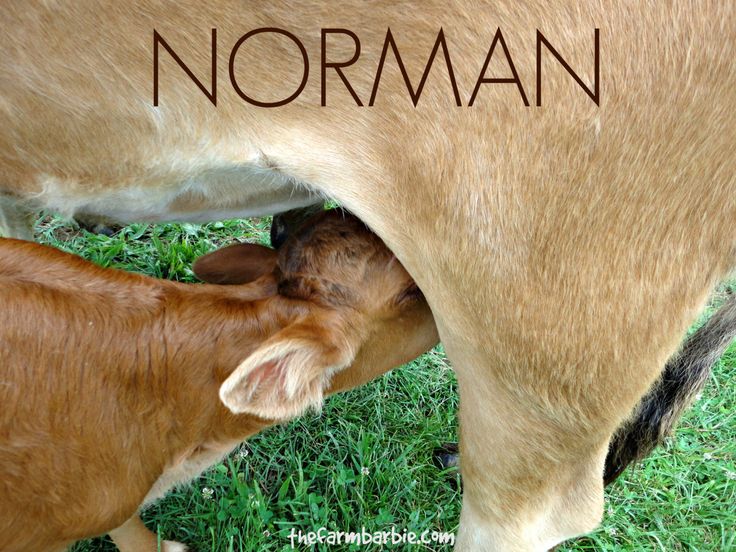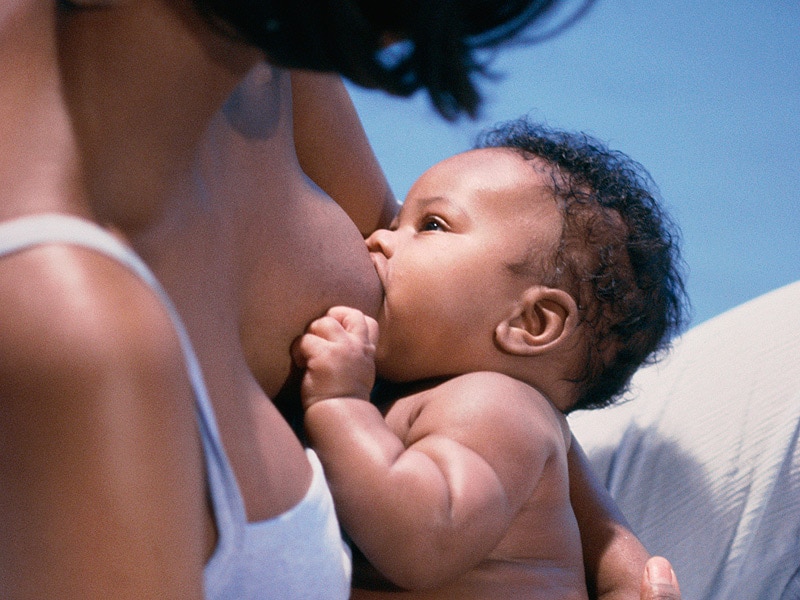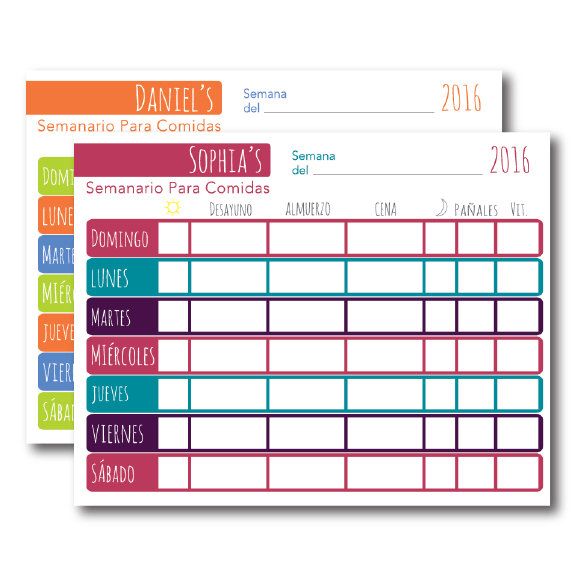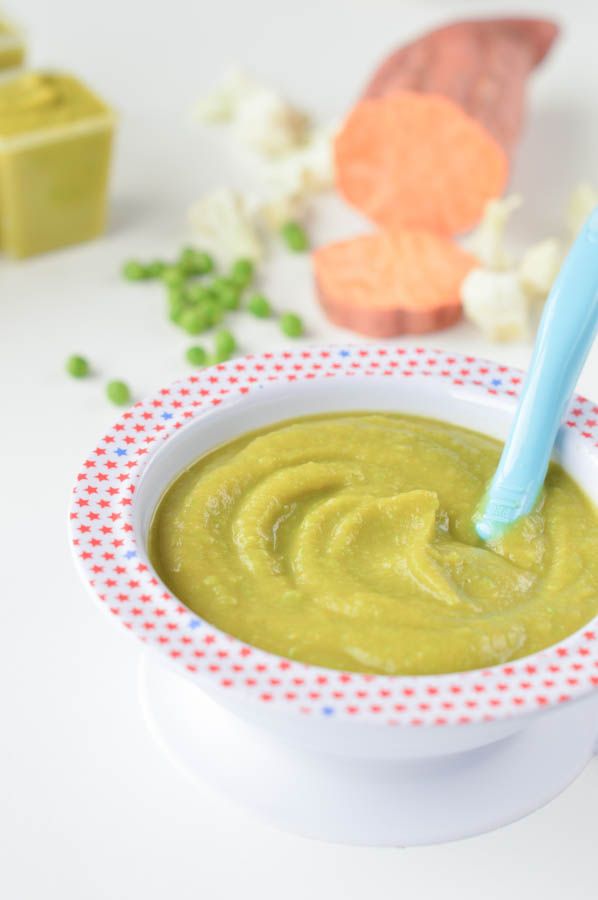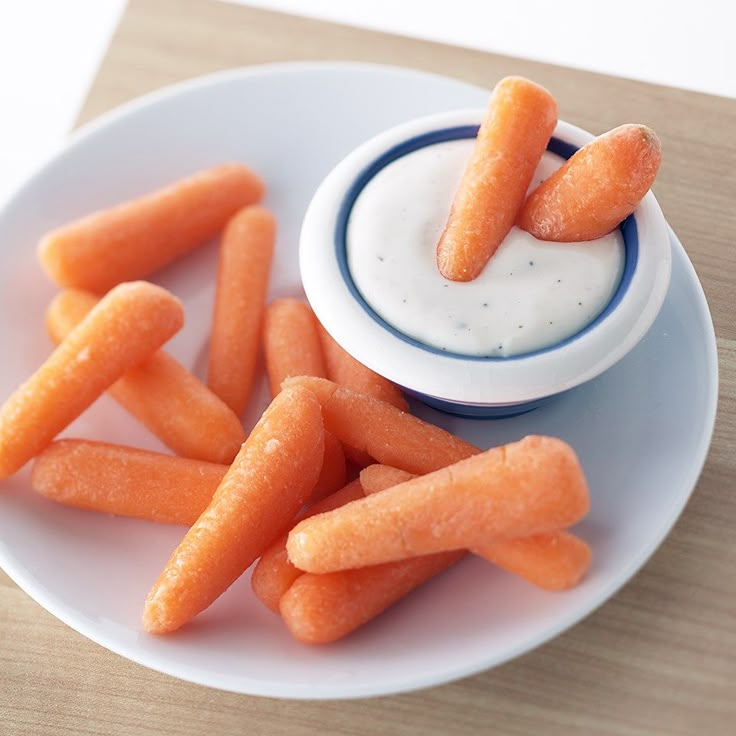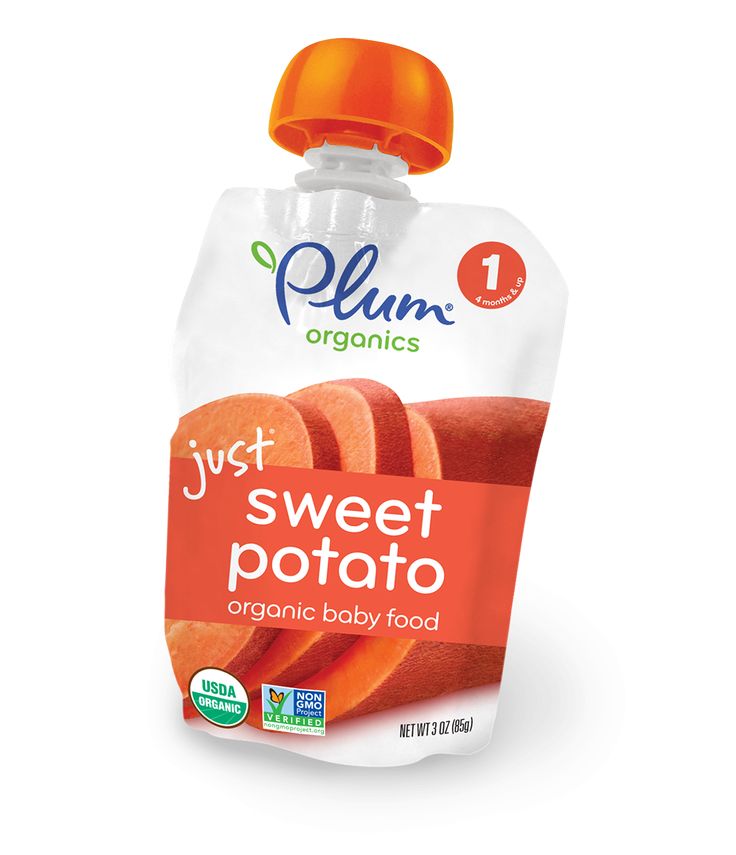Bottle feeding baby cows
Home - Our Co-op
By Candice Johns with MannaPro
Feeding schedule
Most calves need only need 2–3 bottles a day. You won’t have to worry about middle-of-the-night feedings or early-morning waking; bottle calves eat during the day and sleep at night. They will need only two bottles a day if they are healthy, and the weather is nice. If it’s particularly cold or your calf isn’t gaining weight, three bottles will do.
- Watch for scours (more on that in a minute)
- Provide pasture, water, forage (after weaning is most typical), good-quality hay, and a clean environment
- Provide a free-choice calf-starter such as Calf-Manna® by Manna Pro® (if desired)
- Offer a good mineral program
Scours
I’m pretty sure our bottle calves would literally eat themselves to death if given the opportunity. Their voracious appetite can result in what are known as calf scours or scouring.
Calf scours are basically baby cow diarrhea. This condition is dangerous and can be fatal. Be sure to watch your bottle calves closely (especially their stool) to be sure they are healthy.
If your bottle calf has access to a lactating dairy cow, they could face a higher probability of overfeeding. Some mama cows will be happy to “adopt” your new calf. Even when our calves are being well fed (three bottles a day), they may still run to the milk cows in search of a free meal. Don’t count on a full belly to tell your little one to stop eating. Manna Pro has a new product that supports digestive upset: Calf Care™.
If you suspect calf scouring in your herd, contact your veterinarian. Scours can be dangerous for calves (especially very young ones) and needs to be treated.
Fences are friends
If you have ever watched a calf nurse from a mama cow, you probably saw them banging their head into her udder.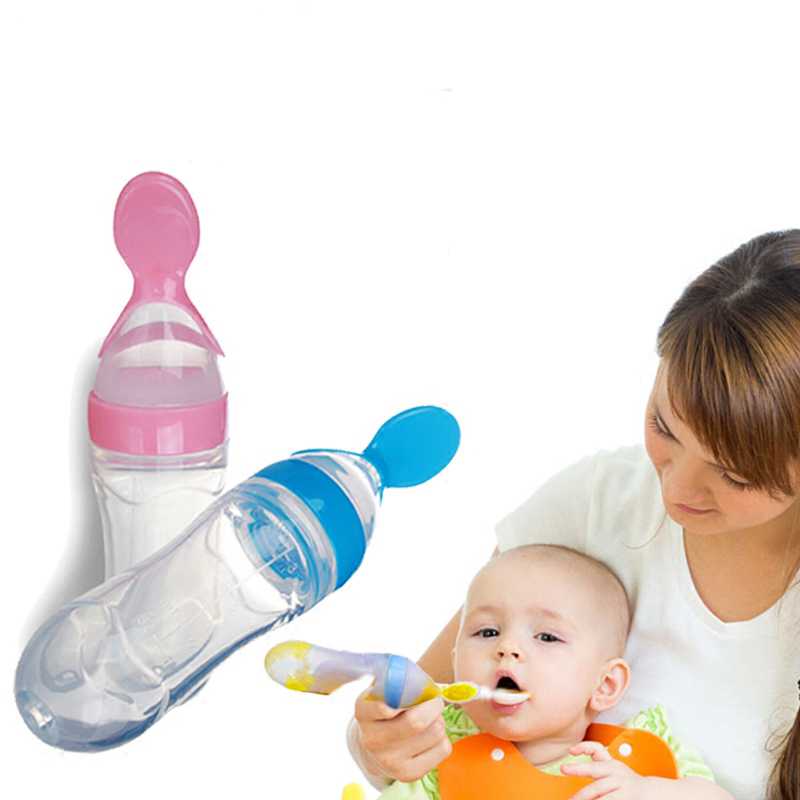 This is normal behavior that stimulates the udder to “let down” additional milk for the hungry calf. This head-butting doesn’t hurt the mama cow, but during bottle feeding it can be annoying.
This is normal behavior that stimulates the udder to “let down” additional milk for the hungry calf. This head-butting doesn’t hurt the mama cow, but during bottle feeding it can be annoying.
Calves don’t seem to realize that head-butting the bottle will not make the milk come out any faster, nor will it make any more milk appear. You may find it helpful to position yourself on the other side of a gate or fence while feeding, which can help minimize head-butting.
When the bottle is empty, make your exit — quickly
When the bottle is empty and feeding time is over, give your little guy (or gal) a scratch, pat them and tell them they’re adorable, and then make your escape — fast, especially if you did not listen to tip #4 and are standing in the field with them.
Why?
Feeding my little bottle calves can be the highlight of my day. They are so excited. They greet me with the sweetest “moooo” you’ve ever heard. They love their bottles and have the enthusiasm of a puppy. Calves may be the cutest animals in the world
Calves may be the cutest animals in the world
That is, unless it’s raining, pouring, sleeting, or icing outside. Then it’s not as fun. The calves are just as adorable, grateful, and spunky, but I am not as enthusiastic about the whole thing.
This is why you may need to run after feeding them their bottle. As soon as our calves finish their bottles, they immediately start looking for an udder. If a lactating dairy animal isn’t in plain sight, the calves may turn to the person holding the bottle — nudging, bumping, and smearing their soaking wet, milky, slobbery heads all over the front and back of my jeans trying to find an udder.
Bang. Nudge. Bump. “There’s got to be one here somewhere.”
“No, Norman [that’s the calf], I don’t have an udder.”
Raising bottle babies is a fun adventure. If you have always wanted to get into the cattle business but get indigestion when you see cattle prices, a bottle calf may just fit the bill. It’s probably one of the easiest, most inexpensive ways to get into the cattle business.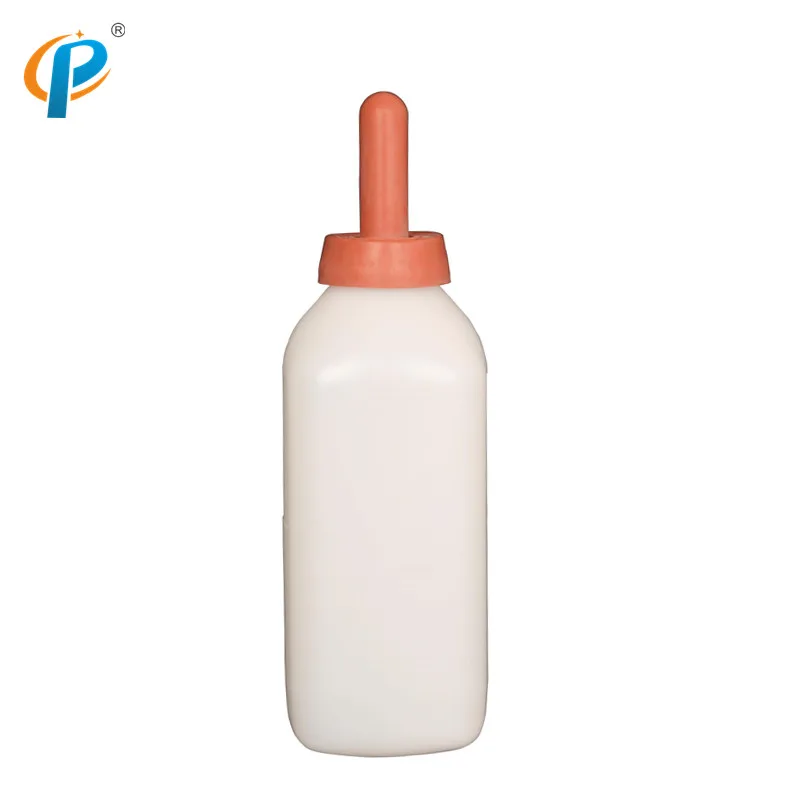 Raising bottle calves will not only get you a herd “on the cheap,” but you’ll also make some great memories.
Raising bottle calves will not only get you a herd “on the cheap,” but you’ll also make some great memories.
Caring for Newborn Beef Calves Separated from Their Dams
Calves that are orphaned or abandoned at a very young age present a unique set of challenges on a cow-calf operation. These situations arise not only from dams dying at or shortly after birth, but also from behavioral or health issues that keep a cow or first-calf heifer from properly mothering her calf. Calves out of cows producing insufficient milk or born as multiples may need to be raised with special attention. In the dairy industry, calves are routinely separated from their dams at very young ages. The resulting calves are sometimes referred to as “bucket” or “bottle” calves.
Initial Calf Care Priorities
Colostrum Intake
The first priority in caring for a bottle calf is to ensure adequate colostrum intake. Timing of colostrum intake is particularly important, because the calf’s ability to absorb colostral antibodies decreases rapidly throughout the first day of life. Plan for calves to receive 5 to 6 percent of their body weight in colostrum within the first 6 hours after birth. Feed colostrum again 12 hours later. To ensure proper timing of these feedings, calving herds must be watched closely for new births. Observe newborn calves within the first few hours of life to ensure that they nurse their dams. If dams refuse to allow their calves to nurse or are physically unable to allow nursing, take immediate action to provide colostrum to newborns.
Plan for calves to receive 5 to 6 percent of their body weight in colostrum within the first 6 hours after birth. Feed colostrum again 12 hours later. To ensure proper timing of these feedings, calving herds must be watched closely for new births. Observe newborn calves within the first few hours of life to ensure that they nurse their dams. If dams refuse to allow their calves to nurse or are physically unable to allow nursing, take immediate action to provide colostrum to newborns.
Fresh colostrum from the dam is best and may require restraining and milking the dam or allowing the calf to nurse the restrained dam. This can be accomplished in a squeeze chute with removable sides that allow access to the udder. In the case of orphaned calves, providing colostrum from another source is critical. If fresh colostrum is not available, then the preferred source of colostrum is frozen colostrum previously harvested from within the same herd. The next-best option is frozen colostrum from another herd.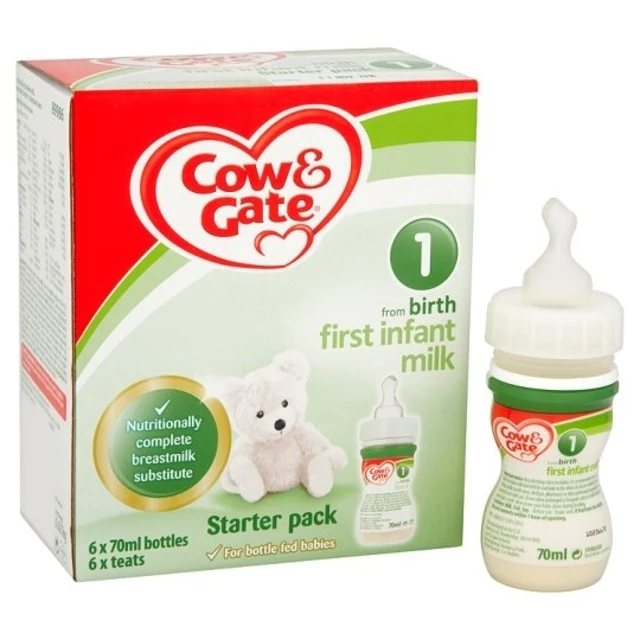 When neither fresh nor frozen colostrum is available, then substitute commercially available powdered colostrum. Have colostrum and newborn feeding supplies on hand before the start of the calving season. Otherwise, it may be difficult to acquire and administer colostrum in a timely manner.
When neither fresh nor frozen colostrum is available, then substitute commercially available powdered colostrum. Have colostrum and newborn feeding supplies on hand before the start of the calving season. Otherwise, it may be difficult to acquire and administer colostrum in a timely manner.
Naval Care
Naval care is another calving management practice that should receive priority. Apply iodine or a similar topical disinfectant to the umbilical cord of the newborn calf. Continue to observe the naval closely to make sure that it dries and heals. Watch for signs of naval ill or infection, such as swelling of the naval. These infections are more likely in muddy or wet calving areas. Naval ill can develop even when the naval is disinfected shortly after birth and ground conditions are dry. An infected naval typically appears swollen and may be painful to the touch. Treat an infected naval immediately. Consult a veterinarian for treatment protocols.
Protection
Provide calves with clean, well-ventilated pens and shelter from the weather. Calf hutches can be purchased or barn pens used to house bottle calves. Individual penning can help prevent calves from sucking one another and reduce the spread of disease. It also facilitates individual monitoring of calf feed intake and feces consistency as signs of calf health. Allow 15 to 20 square feet of barn space for calves with access to an outdoor lot and 20 to 30 square feet of barn space for those without outdoor lots. Mississippi State University Extension Publication 2558 Beef Cattle Calving Management provides additional details about processing newborn beef calves.
Calf hutches can be purchased or barn pens used to house bottle calves. Individual penning can help prevent calves from sucking one another and reduce the spread of disease. It also facilitates individual monitoring of calf feed intake and feces consistency as signs of calf health. Allow 15 to 20 square feet of barn space for calves with access to an outdoor lot and 20 to 30 square feet of barn space for those without outdoor lots. Mississippi State University Extension Publication 2558 Beef Cattle Calving Management provides additional details about processing newborn beef calves.
Very young calves raised on bottle or bucket feedings are generally more vulnerable to predators than heavier, older cattle. Without the close connection to a dam in the herd, bottle or bucket calves may separate themselves from the herd on a frequent basis. This leaves them vulnerable to predator attacks, and predators may be particularly attracted to the herd during calving season with the presence of afterbirth and new calves. Consider penning bottle calves in a more protected area such as a well-fenced pen with a mature cow until they grow to a size and thriftiness that allows them to better escape from or defend against predators. Extension Publication 2661 Predator Control on Beef Cattle Operations provides more information on this topic.
Consider penning bottle calves in a more protected area such as a well-fenced pen with a mature cow until they grow to a size and thriftiness that allows them to better escape from or defend against predators. Extension Publication 2661 Predator Control on Beef Cattle Operations provides more information on this topic.
Feeding the Young Calf
For the first few months of life, bottle calves must be either artificially reared by humans on milk replacer diets or grafted onto nurse animals. These young calves are not yet mature ruminants, so they need a milk-based diet. A calf needs to consume approximately 8 percent of its birth weight in milk or milk replacer each day. Offer bottles twice daily in two equal feedings. Follow feeding directions on product labels. As the calf grows, keep the amount of milk replacer constant, but also offer calf starter feeds and good quality hay as its appetite increases. Make clean water available for the calf, as well.
Grafting to a Nurse Cow
Successful grafting of a calf onto the side of a lactating cow eliminates the labor and expense of bottle feeding. Besides providing a milk source for the calf, it also gives the calf protection from predators. Grafting a calf onto a beef cow that has lost her calf or another nurse cow (often a dairy breed) purchased specifically for such use requires management and patience. Grafting may also be needed in cases in which the dam initially refuses to allow her own calf to nurse. This may be more common in females that calved for the first time or dams that gave birth to multiples.
Besides providing a milk source for the calf, it also gives the calf protection from predators. Grafting a calf onto a beef cow that has lost her calf or another nurse cow (often a dairy breed) purchased specifically for such use requires management and patience. Grafting may also be needed in cases in which the dam initially refuses to allow her own calf to nurse. This may be more common in females that calved for the first time or dams that gave birth to multiples.
Start by penning lactating cows and newborn calves separately from the rest of the herd in a space that allows the calf to interact closely with the cow to which grafting is being attempted. Provide adequate shade and water in the pen, along with forages or other feedstuffs for the cow. For best results when introducing the cow and calf, do not bottle feed the calf to satiation immediately before trying to get it to suckle the prospective nurse cow. A tight-bagged (full-uddered) cow and a hungry calf are more likely to result in successful grafting.
When applicable, rub or tie the skinned hide (skin over the back along with the tail) of the nurse cow’s dead calf onto the grafted calf to transfer scent and encourage the cow to accept the new calf. Afterbirth and commercial products consisting of synthetic pheromones also can help in grafting. Using these scents may be helpful during the first 2 to 3 days but not much after that period.
The cow and calf may be too distracted by human presence to nurse or bond when first introduced. Allow them time alone together without distraction, and then either observe them at a distance undetected or check them later for signs of nursing, including a full belly on the calf and slick teats or reduced udder filling on the cow.
Initially give the nurse female an opportunity to accept the calf without restraint, but do not wait too long for nursing to occur before relying on restraint. It is critical that newborn calves receive adequate colostrum and nutrients in early life. Also, dehydration is a risk that must be addressed through forced feeding situations if necessary. If the cow repeatedly kicks at or butts the calf and does not allow it to nurse when unrestrained, physically restrain the nurse cow in a squeeze chute with the bottom sides removed so the calf can nurse twice a day. Repeat until the cow claims the calf willingly.
If the cow repeatedly kicks at or butts the calf and does not allow it to nurse when unrestrained, physically restrain the nurse cow in a squeeze chute with the bottom sides removed so the calf can nurse twice a day. Repeat until the cow claims the calf willingly.
If the nurse female has undergone a difficult birth or is stressed from losing her calf, use extra care in handling her, and observe her closely for signs of distress or health problems. It is possible that even when a nurse female accepts a grafted calf, she may not lactate well enough to support the calf. In some cases, the cow may dry off (discontinue lactation). Do not assume that a suckling calf is getting adequate nutrients through nursing. Closely monitor the calf’s weight and condition, and supplement additional nutrients as needed.
Milk Replacer Diet
In the absence of a nurse cow, use a milk replacer that contains at least 22 percent crude protein and 15 percent fat. Mix milk replacer with warm water to better dissolve the product and make it more attractive to the calf.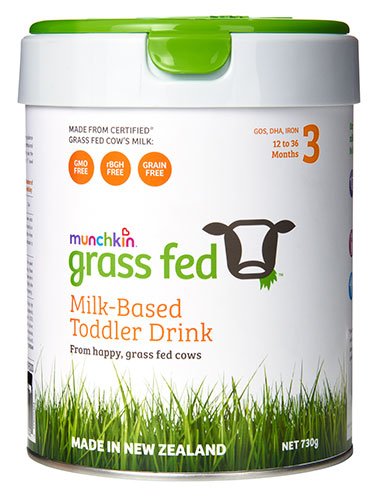 If a hot water source is not available close to the feeding site, use a thermos or other insulated container to transport warm water to the feeding site. Then, mix the warm water and milk replacer powder together when ready to feed the bottle. Keep the temperature of the mix consistent between feedings and not more than 100°Fahrenheit. Also, use the same amount of milk replacer in the mix each feeding. Be sure to thoroughly mix the powder and water by stirring or shaking to dissolve all of the powder into the mixture.
If a hot water source is not available close to the feeding site, use a thermos or other insulated container to transport warm water to the feeding site. Then, mix the warm water and milk replacer powder together when ready to feed the bottle. Keep the temperature of the mix consistent between feedings and not more than 100°Fahrenheit. Also, use the same amount of milk replacer in the mix each feeding. Be sure to thoroughly mix the powder and water by stirring or shaking to dissolve all of the powder into the mixture.
Use separate bottles for each bottle calf to limit risk of disease spread. Sanitize all feeding equipment after each meal. To protect human health, particularly that of susceptible young children, keep bottle feeding supplies out of human food preparation areas.
Although a calf may instinctively nurse its mother, it may need to be taught to drink from a bottle. Start by inserting one or two fingers into the calf’s mouth. As the calf begins to suck, insert the bottle nipple in its mouth. It may be necessary to straddle or stand beside the standing calf and support its head upward while the calf is backed against a solid fence, wall (corner is best), or vehicle. This head position will also help close the esophageal groove present in young calves and shunt milk past the rumen and directly to the abomasum (“true stomach”) instead.
It may be necessary to straddle or stand beside the standing calf and support its head upward while the calf is backed against a solid fence, wall (corner is best), or vehicle. This head position will also help close the esophageal groove present in young calves and shunt milk past the rumen and directly to the abomasum (“true stomach”) instead.
It may take a while to get lethargic or ill calves to actively suck a bottle. When possible, spend the additional time to get a calf started on a bottle before resorting to a forced infusion of feeding liquid. But, if a calf still refuses to take a bottle, a stomach tube (Figure 1), also known as an esophageal feeder, can be used to infuse milk replacer directly to the calf’s stomach. Take extreme care to ensure that the tube is in the esophagus and not the windpipe. Listen to make sure that breathing sounds are not coming from the tube. Sometimes, infusion of milk replacer into the stomach will stimulate a calf’s appetite. Weak calves may require smaller and more frequent feedings. Continue to monitor calves for signs of unthriftiness such as poor growth, scours, and a “pot-bellied” appearance. Have a scours prevention and treatment plan in place based on the advice of a veterinarian familiar with the operation. Extension Publication 2551 Identifying Sick or Injured Cattle provides additional insight about monitoring calves for illness.
Weak calves may require smaller and more frequent feedings. Continue to monitor calves for signs of unthriftiness such as poor growth, scours, and a “pot-bellied” appearance. Have a scours prevention and treatment plan in place based on the advice of a veterinarian familiar with the operation. Extension Publication 2551 Identifying Sick or Injured Cattle provides additional insight about monitoring calves for illness.
As calves become used to drinking from a bottle twice a day, they may anticipate feedings and aggressively pursue the bottle. These calves become accustomed to humans feeding them. Although bottle calves are often considered tame or docile, the bottle handler needs to be careful of being head butted by the calf. This becomes more of a safety concern as the calf gains stature and weight over time. A wire bottle holder can be used to attach a filled bottle to a fence to keep the handler from having to hold the bottle during feeding. Be sure to remove the bottle from the calf when emptied to prevent the calf from sucking excess air into its gut.
Bucket feeding of milk replacer is also possible, but take precautions to keep calves from stepping in and knocking over buckets. Make sure that buckets are not too tall for calves and are secured. To teach bucket feeding, place fingers moistened with milk into the calf’s mouth as described earlier. As the calf begins to suck, gently lower its mouth into the bucket of warm milk. Keep its nostrils clear of the liquid. Repeat as needed until the calf drinks on its own.
Transition to Solid Feeds
By 3 weeks of age, calves should be able to digest small amounts of solid feeds. Make sure feeders are not so high or deep as to be difficult for calves to reach the feed. Calf starter feeds should be dust-free, highly palatable feeds containing 75 to 80 percent total digestible nutrients (TDN), 15 to 20 percent crude protein, and adequate minerals and vitamins. They should be coarsely ground, rolled, or pelleted to facilitate feed intake and rumen development. Calves can be adapted from starter to grower rations at around 4 months of age.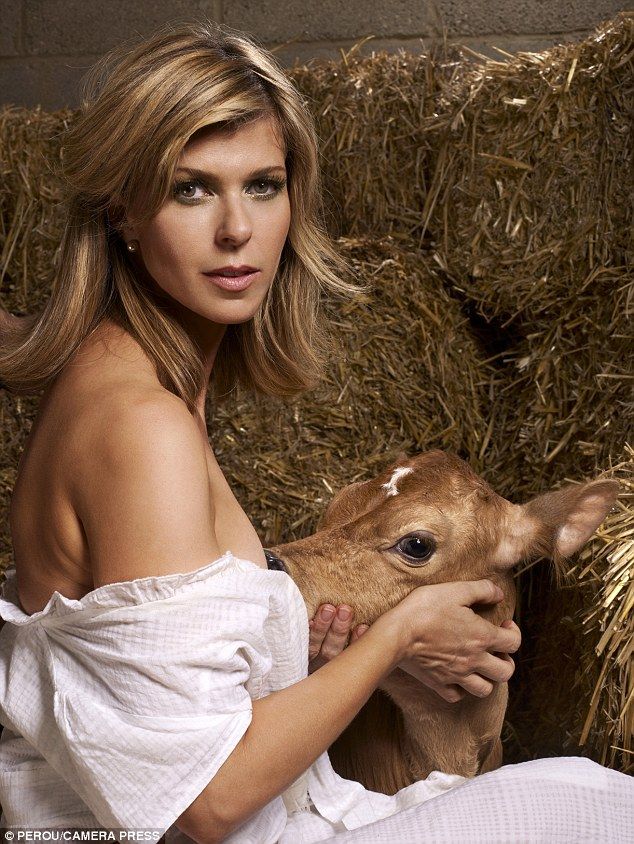
After the calf finishes each milk replacer meal, place a small amount of solid feed in its mouth to encourage feed tasting. Keep small amounts of dry, fresh feed in a feed box or tub in the calf’s pen. At first, calves will consume only about a fourth of a pound of grain per day. This will increase to about 2 to 3 pounds of starter feed by 3 months of age and approximately 3 to 5 pounds of feed at 6 months of age. Do not feed more than a calf will clean up in a day to avoid leaving stale or moldy feed.
Hay or pasture consumption encourages rumen development. Hay should be high quality and offered free choice. Provide limited exposure to green pasture, greenchop, or silage until calves are 6 months of age, because excessive feeding of these high-moisture forages to young calves can limit dry matter and nutrient intake.
Weaning Young Calves
Calves can be weaned at 4 to 8 weeks of age if eating well (1½ to 2 pounds of starter feed daily). Wait longer to wean less vigorous calves or calves that still have low grain intake. Extension Publication 2555 Early Weaning Beef Calves provides detailed information on this topic. Gradual weaning reduces calf stress as discussed further in Extension Publication 2578 Beef Calf Preconditioning Programs. Do not change up other aspects of the calf’s routine when weaning a young calf from milk.
Extension Publication 2555 Early Weaning Beef Calves provides detailed information on this topic. Gradual weaning reduces calf stress as discussed further in Extension Publication 2578 Beef Calf Preconditioning Programs. Do not change up other aspects of the calf’s routine when weaning a young calf from milk.
Make sure that weaning records reflect the correct contemporary group status of the calf. It is not fair to compare weaning weights for an orphan calf receiving milk replacer to those of other calves raised by their own dams. Most breed associations have special weaning codes to account for this.
Conclusion
Raising a bottle calf requires patience and attention to care. It may take several days or even weeks of good management to get a bottle calf well on its way to surviving on its own. Close management of calf nutrition and health are keys to successfully raising a bottle calf. For more information about beef cattle production, contact your local county MSU Extension office or visit Extension's livestock beef site.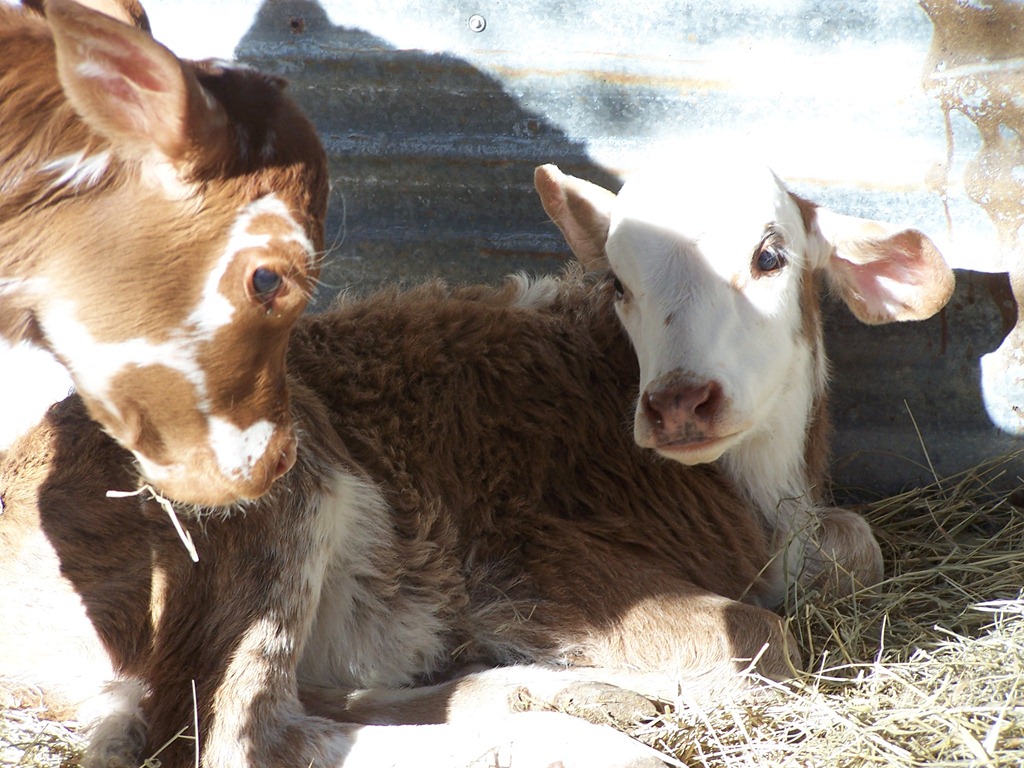
Publication 2810 (POD-12-19)
By Jane Parish, PhD, Professor and Head, North Mississippi Research and Extension Center.
Copyright 2019 by Mississippi State University. All rights reserved. This publication may be copied and distributed without alteration for nonprofit educational purposes provided that credit is given to the Mississippi State University Extension Service.
Produced by Agricultural Communications.
Mississippi State University is an equal opportunity institution. Discrimination in university employment, programs, or activities based on race, color, ethnicity, sex, pregnancy, religion, national origin, disability, age, sexual orientation, genetic information, status as a U.S. veteran, or any other status protected by applicable law is prohibited. Questions about equal opportunity programs or compliance should be directed to the Office of Compliance and Integrity, 56 Morgan Avenue, P.O. 6044, Mississippi State, MS 39762, (662) 325-5839.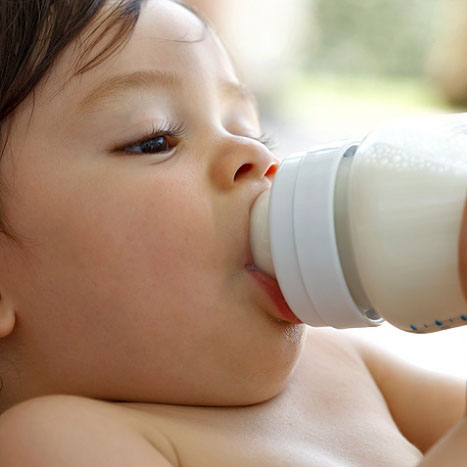
Extension Service of Mississippi State University, cooperating with U.S. Department of Agriculture. Published in furtherance of Acts of Congress, May 8 and June 30, 1914. GARY B. JACKSON, Director
Baby won't take a bottle | Philips Avent
search support iconSearch Keywords
Home ›› What to do when your baby refuses a bottle
↑ top
any problems. If your breastfed baby refuses a bottle, don't worry. This is a common occurrence in many babies who are used to breastfeeding. Obviously, this can create certain difficulties for moms, especially if you need to return to work in the near future.
3 Philips Avent products to help you bottle feed:
So why is your baby refusing to bottle and crying? There are many ways to quickly and easily teach a breastfed baby to a bottle. Here are important tips on what to do when your baby refuses a bottle.
Is the baby refusing the bottle? Take a step back
If your baby cries while bottle feeding, the first thing to do is to start over and rethink your feeding approach and technique.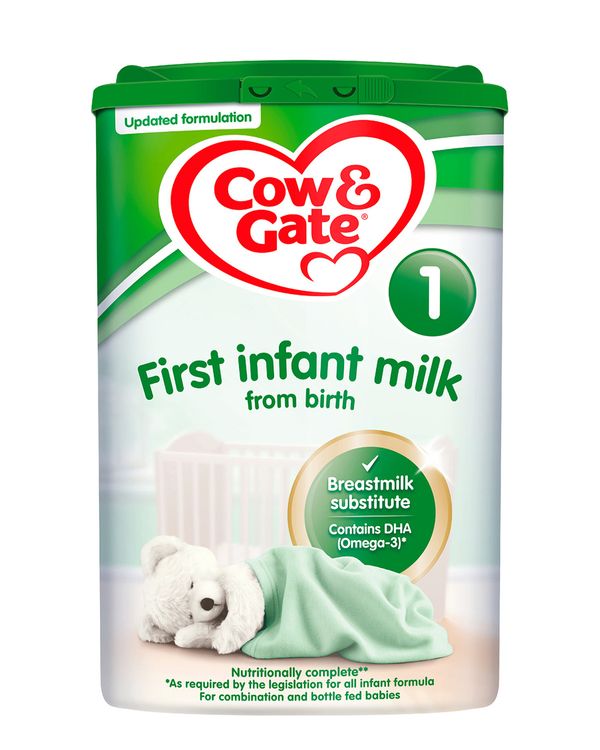 Try the following steps when bottle feeding your baby: [1]
Try the following steps when bottle feeding your baby: [1]
- Lift and tilt your baby's head forward. Before inserting the pacifier into the baby's mouth, make sure that the baby's head is raised and tilted over his body to avoid choking: so that the baby does not choke and have the opportunity to burp during bottle feeding.
- Insert the pacifier. Bring the pacifier to the baby's lips and gently guide it into the baby's mouth. In no case do not try to press the nipple on the baby's lips and try to push it into his mouth. After touching the pacifier to the baby's lips, wait for the baby to open his mouth and take the pacifier.
- Hold the bottle at an angle. Tilt the bottle at an angle so that the nipple is only half full. So the child can eat at his own pace.
- Let the baby burp during and after feeding. It can be useful for a child to burp not only after feeding, but also approximately in the middle of the process. This will help reduce gas or tummy discomfort that your baby may experience from swallowing too much air.
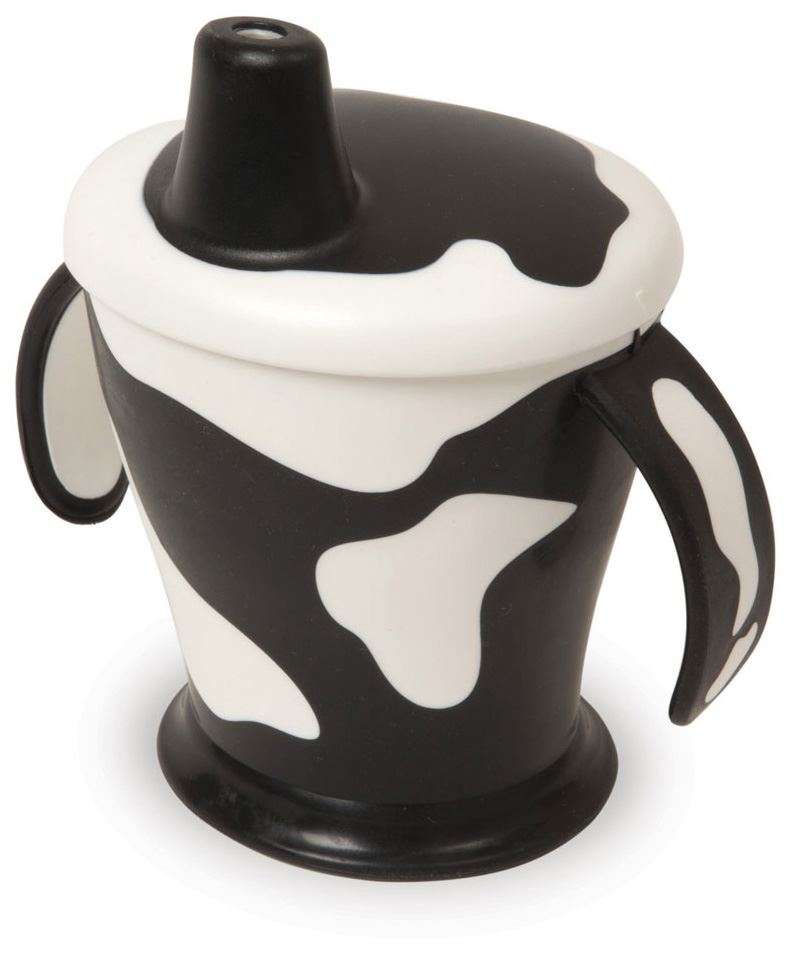
- Stop in time, do not overfeed the baby. If the baby begins to turn his head away from the bottle or closes his mouth, then he is full and you need to stop feeding.
- Perhaps the flow of milk from the nipple to the baby is weak or, on the contrary, too fast, so he is naughty and refuses the bottle. Try changing the nipple to a nipple with a different flow.
Other tips if your baby refuses the bottle
If you've followed the steps above and your baby still refuses the bottle, don't worry. There are other ways to help bottle feed your baby. Here are some simple tricks you can add to your bottle feeding process. [2]
1. Remind your child about mom.
Sometimes a child can be fed by someone other than his mother - dad, grandmother or, for example, a nanny. If your baby fusses while bottle feeding, try wrapping the bottle in something that smells like mommy, like a piece of clothing or some fabric. This will make it easier to feed the baby when the mother is not around.
This will make it easier to feed the baby when the mother is not around.
2. Try to maintain skin contact while bottle feeding.
Some babies need contact with their mother, so try bottle feeding while leaning against you. However, some babies are better at bottle feeding when they are in the exact opposite position than when they are breastfed. For example, there is a position with bent legs. Lay the child on your bent knees, facing you, pointing the child's legs towards your stomach. During feeding, the baby will be able to look at you and contact you in this way. If your baby refuses a bottle, experiment to see which works best.
3. Move while feeding.
Sometimes all it takes to get your baby to take the bottle is a little wiggle or walk. The next time your baby starts crying while bottle feeding, try moving around a little rhythmically to calm him down.
4.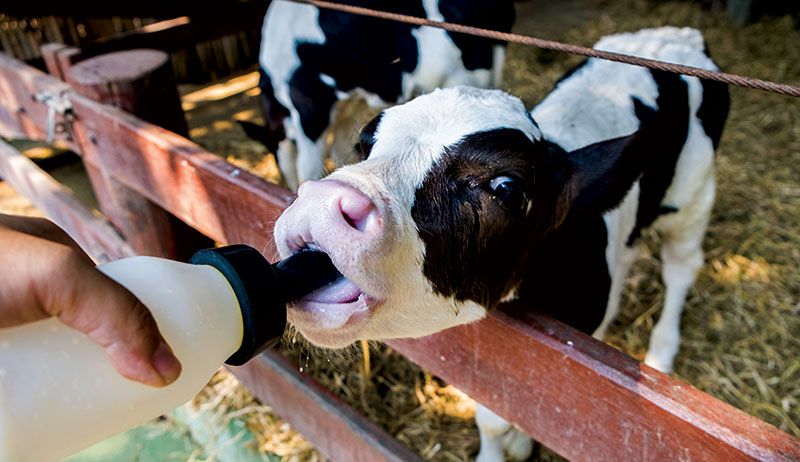 Try changing the milk temperature.
Try changing the milk temperature.
If the baby still does not want to take the bottle, check if the milk in the bottle is too hot or too cold. Before feeding, put some warm breast milk on the inside of your wrist to check the temperature. Milk should be warm, but if it seemed hot to you, just place the bottle for a short while under a stream of cold water.
Choosing the right bottle for your baby If you plan to combine bottle feeding with breastfeeding, it is advisable to choose bottles with a nipple that will have a wide base as the bottle will grip closer to the breast. Also pay attention to the fact that the nipple is firm and flexible, the child must make an effort to drink from the bottle, as well as from the breast. Give preference to nipples with an anti-colic valve that vents air out of the bottle.
Natural bottle allows you to combine breast and bottle feeding. 83.3% of babies switch from a Natural bottle to breastfeeding and back.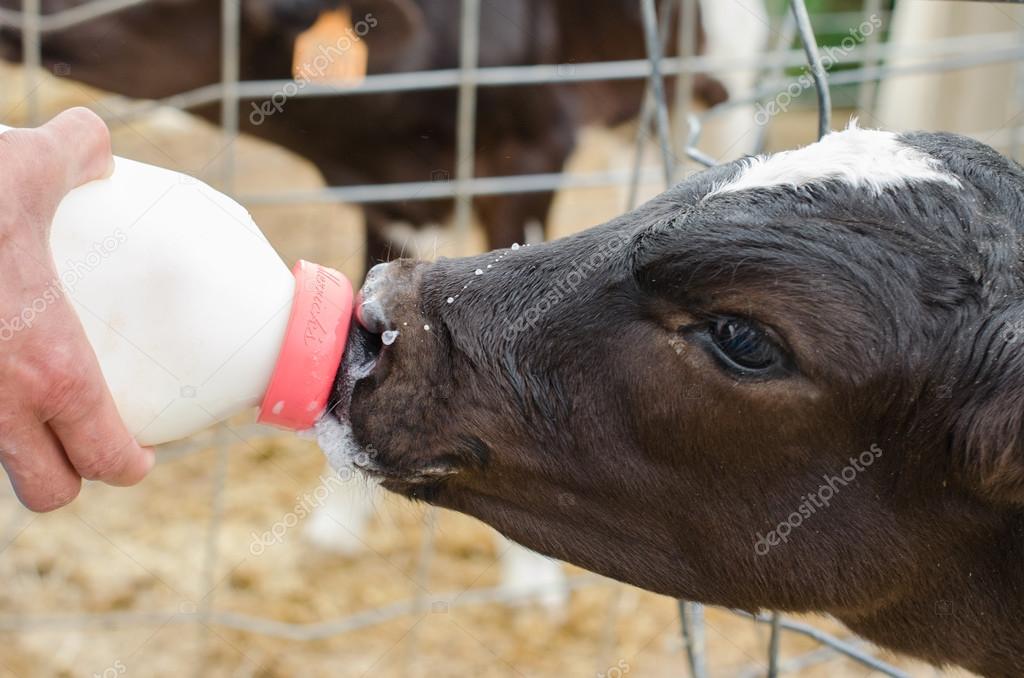 *
*
If you choose a bottle for artificial feeding, traditional bottles are fine, but it is desirable that the nipple is made of a hypoallergenic material, such as silicone, has an anti-colic valve and did not stick together when bottle fed. In case your baby spit up often, then use special bottles with anti-colic and anti-reflux valve, which reduces the risk of spitting up and colic.
Bottle with unique AirFree valve reduces the risk of colic, gas and spitting up. With this bottle, you can feed your baby in an upright or semi-upright position to reduce spitting up. Due to the fact that the nipple is filled with milk and not air during feeding, the baby does not swallow air, which means that feeding will be more comfortable.
Both bottles are indispensable if you want to breastfeed, bottle feed or just bottle feed your baby.
“My baby refuses to breastfeed but bottle feeds – help!”
Sometimes a baby gets used to bottle feeding and refuses to breastfeed. Therefore, it is important to use bottles that are suitable for combining breastfeeding with bottle feeding. If, nevertheless, you are faced with the fact that the child refuses to take the breast, try using silicone nipple covers to make the transition from the bottle to the breast and back more imperceptible.
Therefore, it is important to use bottles that are suitable for combining breastfeeding with bottle feeding. If, nevertheless, you are faced with the fact that the child refuses to take the breast, try using silicone nipple covers to make the transition from the bottle to the breast and back more imperceptible.
Remember that if you want to combine breastfeeding and bottle feeding, it is worth waiting at least a month before offering a bottle, so that you are lactating and have time to get used to each other and develop a breastfeeding regimen.
Breastfeed and bottle feed your baby with pleasure
Remember that it takes a while for your baby to get used to bottle feeding. This is completely normal. If you have to go to work, be sure to set aside enough time to bottle train your baby beforehand.
Remember that every child is different, so what works for one may not work for another. With a little time and patience, you will find out what works best for your baby when he refuses a bottle.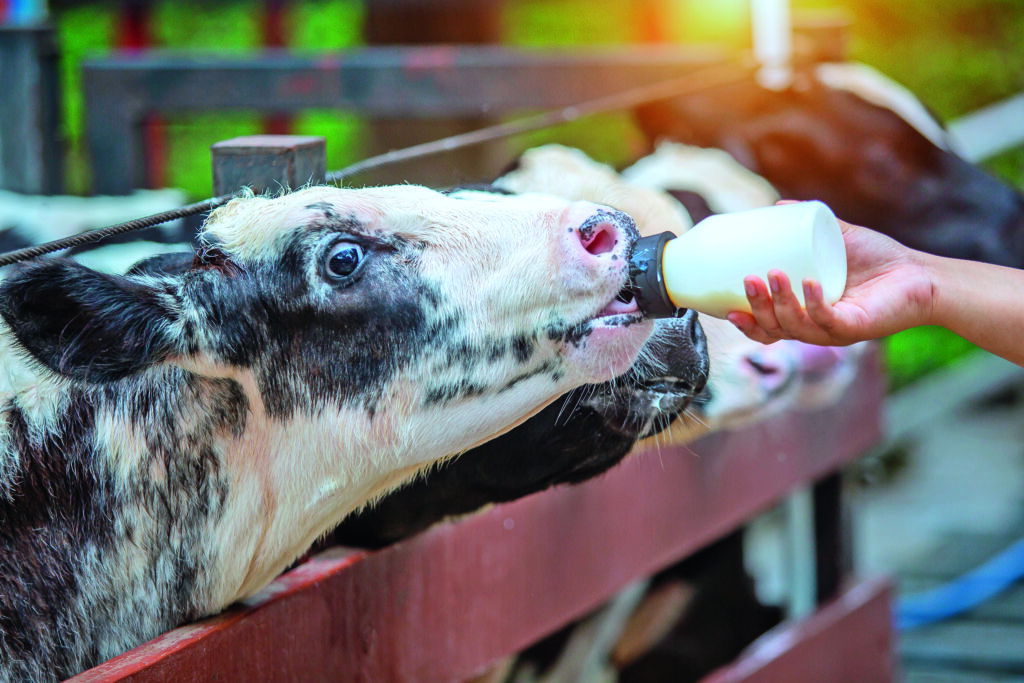
You will identify your child's unique needs. However, if your baby still refuses the bottle after all the steps above, check with your pediatrician.
Articles and tips from Philips Avent
References:
*O.L. Lukoyanova, T.E. Borovik, I.A. Belyaeva, G.V. Yatsyk; NTsZD RAMS; 1st Moscow State Medical University THEM. Sechenova, "The use of modern technological methods to maintain successful breastfeeding", RF, 10/02/2012 3 llli.org - The Baby Who Doesn't Nurse
llli.org - Introducing a Bottle to a Breastfed Baby
Baby+ app
Download the app and track your child's development and growth with trackers and save those special moments forever.
Download app:
You are leaving the Philips Healthcare (“Philips”) official website. Any links to third party websites that may be included on this site are provided solely as a convenience to you. Philips makes no warranties regarding any third party websites or the information they contain.
I understand
You are about to visit a Philips global content page
You are about to visit the Philips USA website.
winter feeding of cows, diet
The quality of the feed and the correctly formulated diet of cattle, taking into account its direction, age, and physiological period, largely determines its productivity in the cold season. Changes in nutrition are primarily associated with the transition to stall content. To maintain milk volumes and high growth rates, the breeder must provide the cows with calorie balanced feeds that can even out seasonal fluctuations.
Content:
- Feed varieties for cows
- Roughage
- Succulents
- Concentrated feed
- Food waste
- Additives, vitamin supplements, minerals, feed of animal origin
- Feeding norms for cows in winter
- Pregnant cows
- Dry cows
- Lactating cows
- Beef cows
- Benefits of feeding cows in winter with compound feed from South Korona
Feed varieties for cows
Basically, when cows are kept in winter, due to the lack of fresh grass and other greenery, the diet consists of roughage supplemented with juicy ones.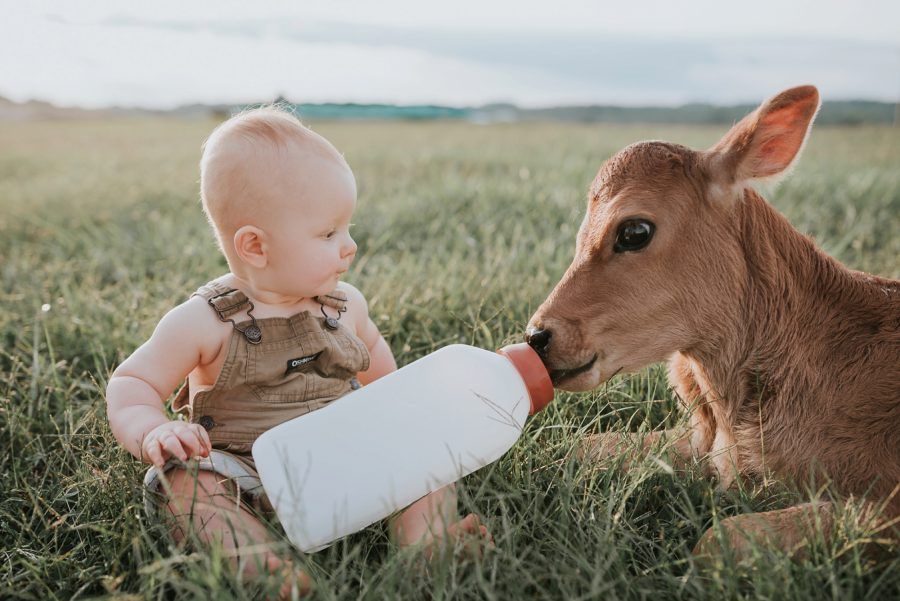 With stall keeping in animals, motor activity becomes less, which can adversely affect not only their appetite, but also digestion in general. Therefore, the use of products that cause fermentation is limited, enzyme-containing supplements are introduced.
With stall keeping in animals, motor activity becomes less, which can adversely affect not only their appetite, but also digestion in general. Therefore, the use of products that cause fermentation is limited, enzyme-containing supplements are introduced.
Consider the main types of feed for cows in winter and what they include.
Roughage
These are dry sources of vegetable fiber, which is necessary for the normal functioning of the digestive tract. These include hay, straw of legumes and cereals, feed grains, branch fodder and haylage.
succulent feed
Their composition is dominated by water (70-90%), and not dry matter, so they are especially important when milking cows. Juicy foods include:
- silage is a canned succulent mass, the preservation of which is facilitated by lactic acid bacteria. Edible grasses, green corn, potato tops, Jerusalem artichoke, etc. are suitable for ensiling;
- root and tuber crops and gourds - beets, carrots, rutabaga, turnips, potatoes, Jerusalem artichoke, sweet potato, forage varieties of pumpkin, zucchini, watermelon.
 Delicious, readily eaten by animals, excellent dietary food. It significantly improves the diet of cows in the winter - it contains the necessary vitamins, minerals, increases milk yield, as well as the quality of the milk received.
Delicious, readily eaten by animals, excellent dietary food. It significantly improves the diet of cows in the winter - it contains the necessary vitamins, minerals, increases milk yield, as well as the quality of the milk received.
concentrated feed
These include bran, cereals, waste from the production of flour. They are highly nutritious and contain up to 16% water and up to 15% fiber, are digested within 70–90%. For ruminants, they are used only as a supplement to the main feed. Their use improves the nutritional value of milk and meat.
Cereals give the animal energy, and cereals are considered the most useful among them. They contain more fiber, which cleanses the body of the animal, but much less starch. Namely, this element can cause obesity in cattle.
Concentrated feed must be used in the form of compound feed. Their normalization depends on the level of milk production, the physiological state of the animals, the need to balance the feed mixture for protein and phosphorus.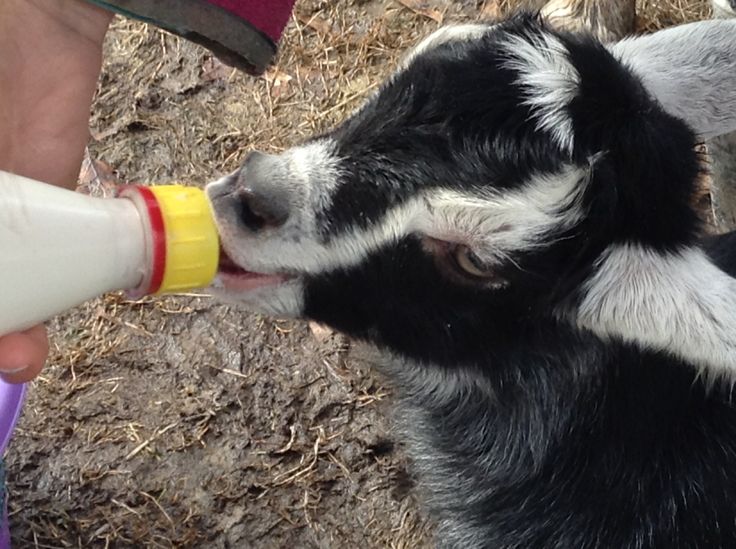
Food production waste
Flour dust contains a lot of fiber and phosphorus. Caution should be given to bard, brewer's grains, raw beet pulp. It is better to combine them with calcium top dressing (chalk) and roughage. Feed molasses is diluted with water in a ratio of 1:2-3 and fed together with silage in the amount of 1.5-2 kg per day.
Supplements, vitamin supplements, minerals, feed of animal origin
The line of mandatory elements includes some vitamins (vitamins A, E, D are in the first place), trace elements (copper, manganese, zinc, phosphorus, cobalt, iodine), salt and yeast. Most of the above is contained in natural products that the animal receives in the summer, but in winter you need to take care of its availability. The problem of shortage of certain components is solved with the help of special feed additives.
For example, to reduce the acidity of silage and prevent rumen acidosis, it is necessary to use ammonia water, fodder chalk, and soda.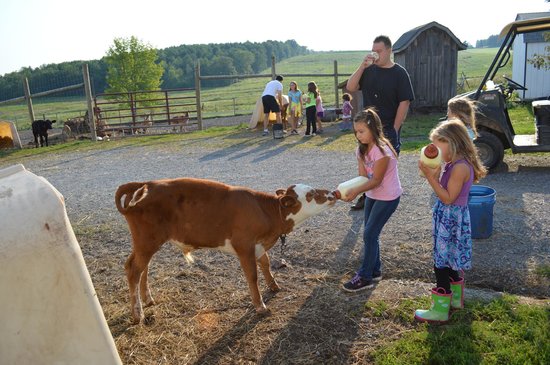 In the winter-stall period, calcium and phosphorus deficiency is often found in the diets of cows, so it must be balanced with mineral additives (feed precipitate, chalk, fluorine-free phosphate, etc.).
In the winter-stall period, calcium and phosphorus deficiency is often found in the diets of cows, so it must be balanced with mineral additives (feed precipitate, chalk, fluorine-free phosphate, etc.).
Although cows are herbivores, they also need animal protein. It is introduced into the diet in the form of meat and bone (from beef is prohibited), blood or fish meal. Whole milk replacer (WMS) is especially important for raising calves. It is a dry mix made from skim milk, buttermilk and whey.
Feeding norms for cows in winter
The daily dose of an animal in the cold season depends on the following parameters:
- breeds - dairy or meat;
- physiological period - pregnant or dry;
- masses.
Let's take a closer look at the features of the diet.
Calf cows
Pregnant cows weighing 500 kg per day require:
| The product's name | Silage mix | Hay | Spring straw | Sunflower cake | Wheat waste (bran) | coniferous flour | concentrated feed |
|---|---|---|---|---|---|---|---|
| Weight (in kg) | fifteen | 6 | 2 | 0. 7 7 | 1.5 | one | 2.5 |
Dry cows
Drying is an artificial end to lactation, which is stressful for the cow. A balanced diet is essential for milk production and better feed conversion at the start of subsequent lactation. A quick start method is recommended. On the day it starts, they limit access to water and transfer the animal to another room. Less nutritious food with a predominance of fiber is introduced into the diet.
A dry cow should add at least 900 g per day. For this result, feeding is followed in several stages:
| Period | Start (before 6 weeks) | 3 weeks before giving birth |
|---|---|---|
| Product (weight in kg) | Haylage (15) Silos (8) Vegetables, roots, tubers (3) Concentrated feed (3) | Haylage (15) Silos (12) Concentrated feed (3) |
lactating cows
To stimulate the production of milk after calving during the milking period, a mixture with a high content of proteins and fats is used.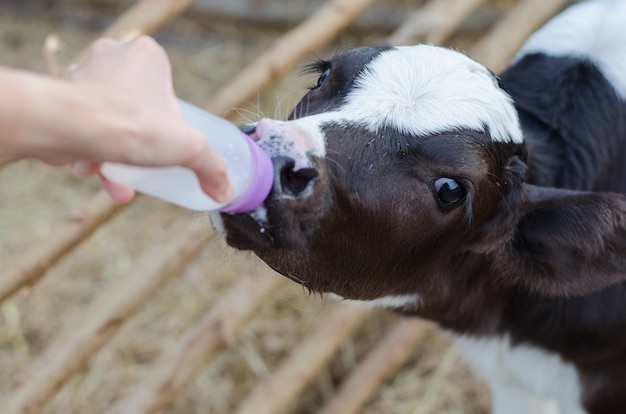 In order to avoid depletion of animals and prolong the productive period, lactating females require food rich in protein, calcium and phosphorus.
In order to avoid depletion of animals and prolong the productive period, lactating females require food rich in protein, calcium and phosphorus.
We present the diet of a dairy cow for the winter period in the form of a table.
| The product's name | Hay | Tubers, root crops | Concentrates (depending on nutrition) | Salt |
|---|---|---|---|---|
| The weight | 3 kg | 3 kg per 1 kg of milk yield | 150 g per 1 kg of milk yield | 5 g per 1 kg of animal weight |
Instead of hay, you can give silage or alfalfa haylage. In addition to feed, to produce 1 liter of milk, a cow needs 3–4 liters of water, plus 35 liters to maintain the normal functioning of the body.
beef cows
For a good weight gain of fattening livestock, grain mixtures of oats, barley, wheat, and soybean meal are given. However, the amount of concentrates should not be excessive, since their excess leads to an increase in acidity and the destruction of beneficial intestinal microflora.
Approximate rations for feeding beef cows per head per day:
| Index | Live weight, kg | ||
|---|---|---|---|
| 400 | 500 | 600 | |
| Cereal-bean hay, kg | 6 | 6.5 | 7 |
| Mixed grass haylage, kg | eight | 9 | ten |
| Compound feed, kg | 1.4 | 1.5 | 1.9 |
| Salt, g | 46 | 54 | 61 |
Benefits of feeding cows in winter with compound feed from Yuzhnaya Korona
We carefully clean the selected natural ingredients, crush them, and then make up the feed mixture, guided by the recipes recommended by the research institutes VNITIP and VNIIKP. Here you can purchase products required by cattle, depending on age and direction:
- Concentrate for calves up to 4 months of age (granule).
